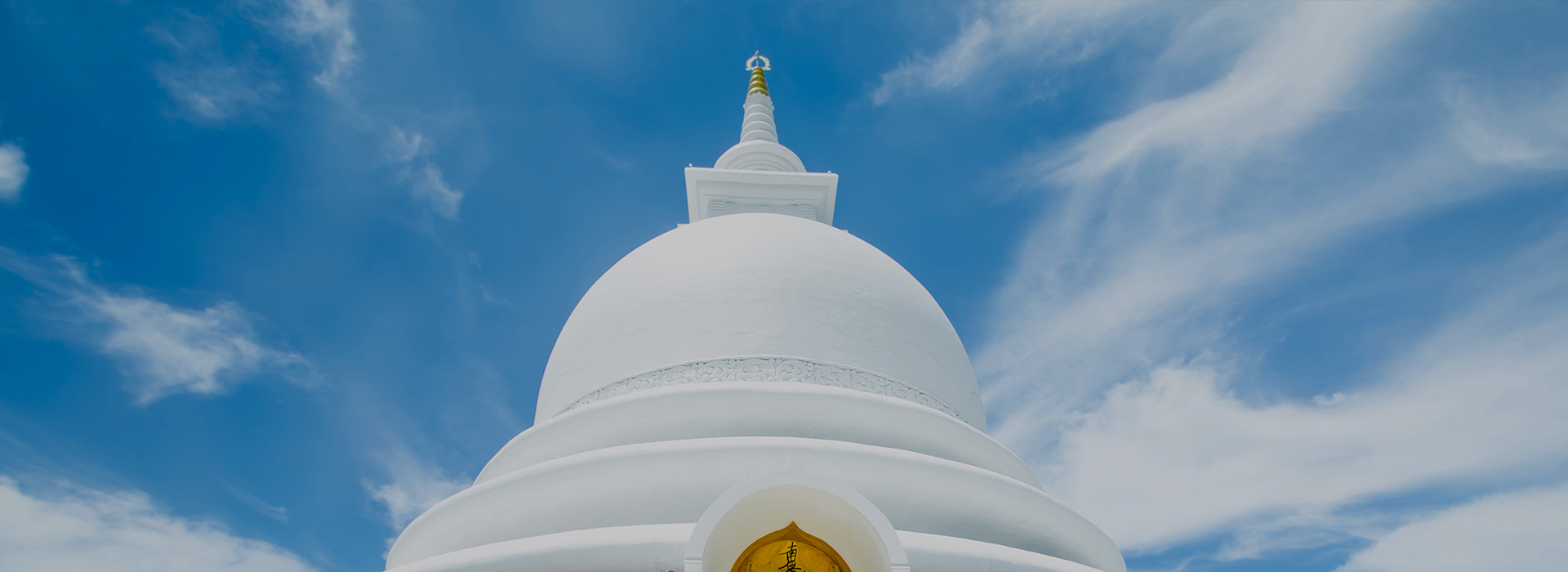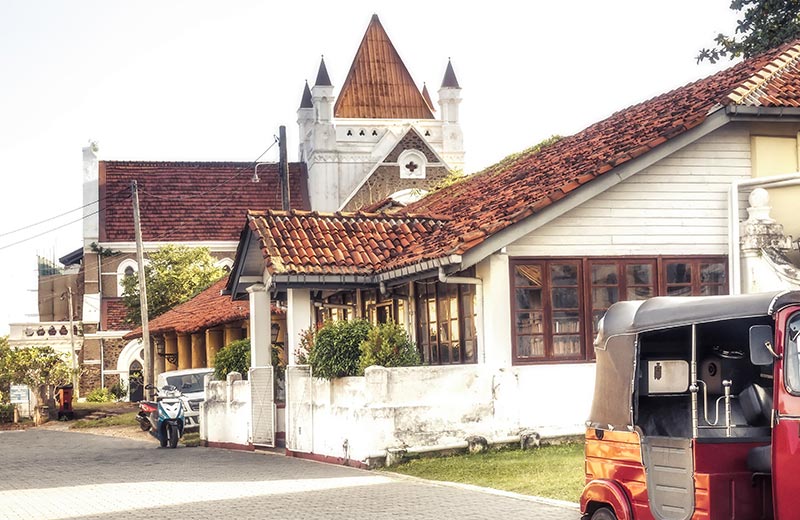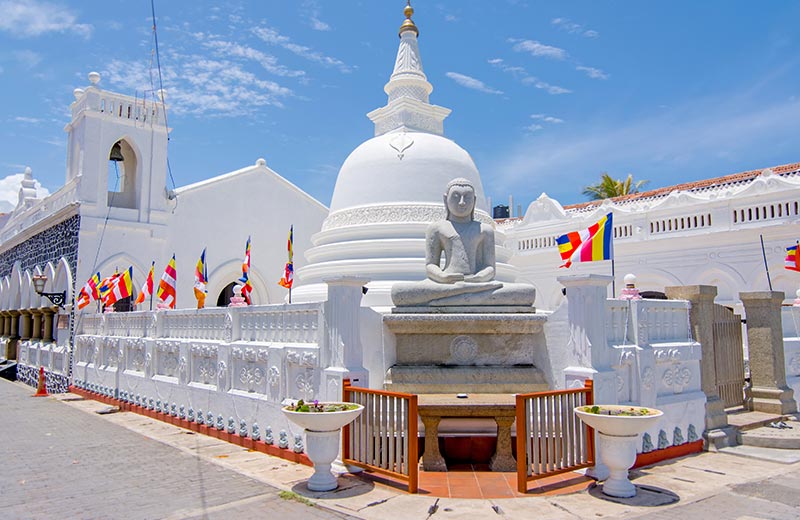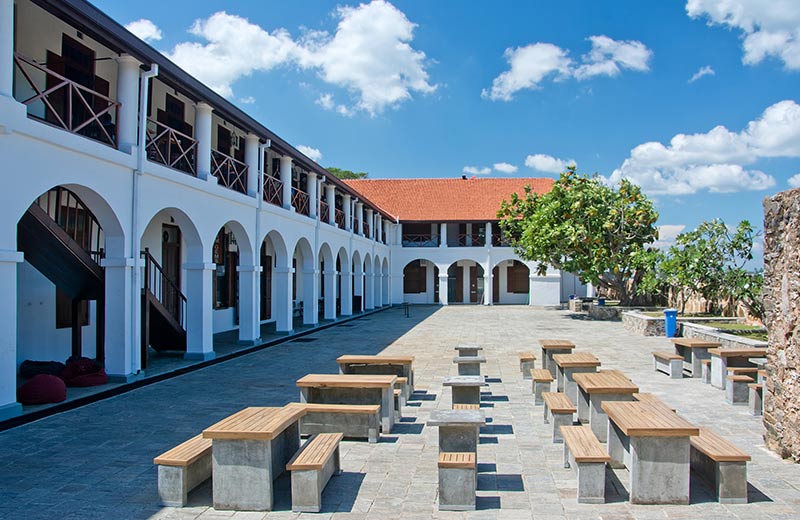Japanese Peace Pagoda
In 1947, a Japanese Buddhist monk by the name of Nichidatsu Fujii dedicated his life to constructing Peace Pagodas around the world as symbols of peace. More than 80 Peace Pagodas have been built all over the world including in Europe, Asia and the United States.
Location
Hidden amongst the trees of the Unawatuna rainforests and yet visible across the water from the historic Galle Fort in the Bay of Galle is the “Sama Ceitya”, one of four Japanese Peace Pagodas that can be found in Sri Lanka. Situated on Rummasala Hill, it was built with the assistance of Japanese Buddhist monks in 2005 (when Sri Lanka was still in the midst of fighting a devastating civil war) as part of a plan to build temples of peace in conflict zones.
Symbolism
Today, it acts as a symbol of peace for the Buddhist-majority country of Sri Lanka, but its clean, rounded design is intended to represent harmony between people of any and all backgrounds. The immense white stupa that rises out of the Japanese Peace Pagoda is surrounded by statues painted in gold, while a nearby flight of stairs leads to a walkway that goes around the shrine, offering breath-taking views of the jungle, the sea, and the stunning Galle Fort.
When stopping by the Peace Pagoda, visitors should ensure that they are dressed modestly and respectfully; legs and shoulders need to be covered.



